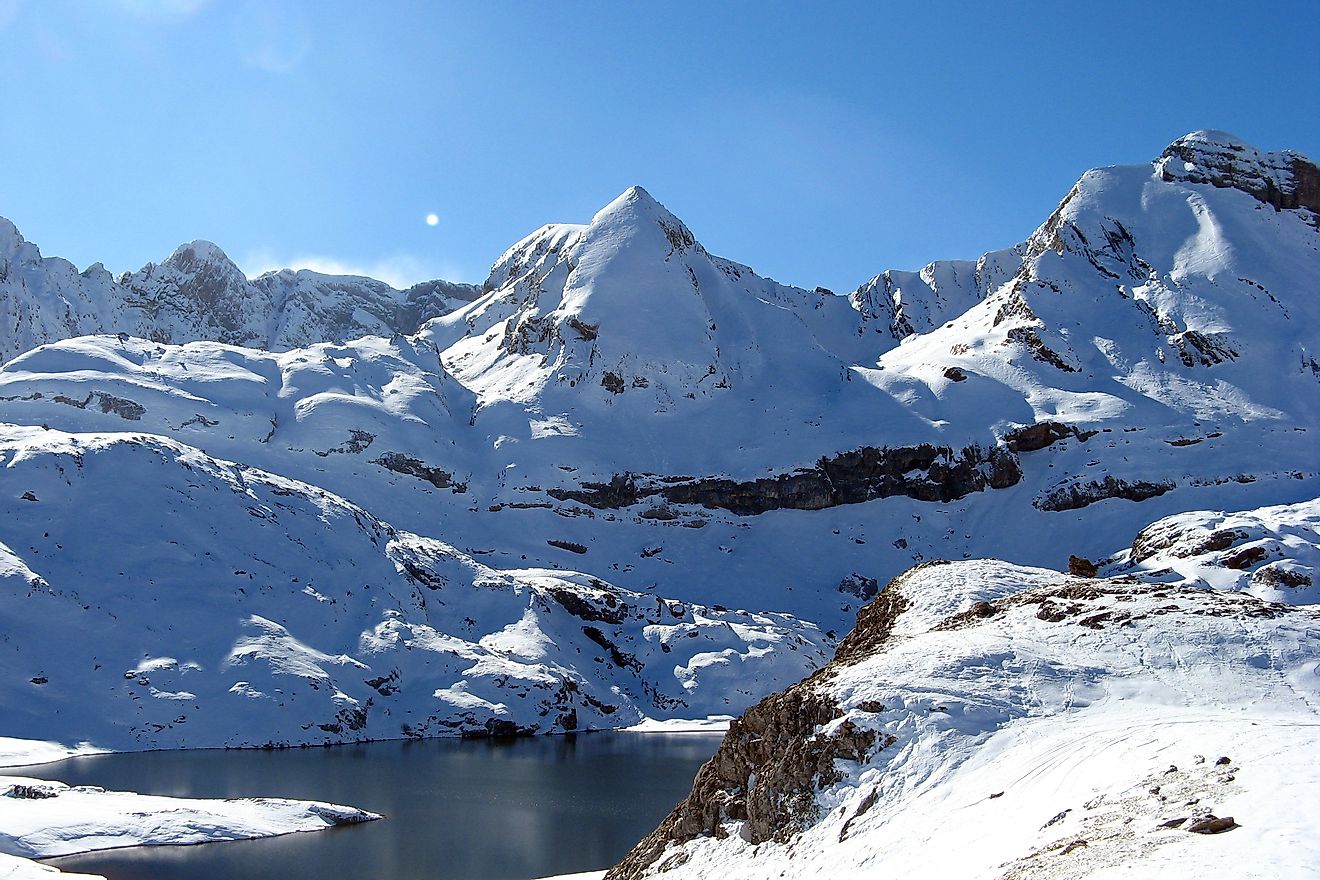What Is A Sky Island?

What Is a Sky Island?
A sky island is a region of isolated and forested mountain ranges surrounded by completely different lowland terrain. There are different natural phenomena found on sky islands, and they include relict populations, endemism, and altitudinal migration. Sky islands are natural habitats to a wide array of numerous species making their biodiversity a concern of conservation biology.
Elements of a Sky Island
One fundamental element of the sky island is the physical distance that separates the island from other mountain ranges leading to a habitat that is unique, for instance, a desert that surrounds a forested area. Some sky islands tend to act as refugia for subarctic species confined by warming weather whereas other oceanic sky islands such as the Galapagos Islands located in Ecuador serve as a natural habitat for populations of endemic plant and animal species.
Etymology of Sky Island
The term "sky island" was first introduced in 1943 by writer Natt N. Dodge’s in the Arizona Highways magazine. The writer referred to the Chiricahua Mountains found in the southeastern region of Arizona as a ‘mountain island in a desert sea.' The term was later popularized by Weldon Heald, a nature writer and resident of southeastern Arizona in a book he published in 1967 where he demonstrated the concept of a sky island. During the same period, the idea of mountains as habitable islands was already taking root among scientists and was later incorporated in the study of island biogeography.
Even though the term sky island may have originated in Arizona, it is not limited to the mountains located only in the region but also applied to mountains that are separated from each other by lowland terrain throughout the world.
Characteristics of Sky Islands
The Madrean Sky Islands are likely to be the world’s most studied sky islands. The Madrean Sky Islands are located in the Mexican states of Chihuahua and Sonora and the two US states of Arizona and New Mexico, forming a long chain link of mountain ranges that connect the southern Colorado Plateau to the northern end of Sierra Madre Occidental. The sky islands formed by the United States’ central and northern mountains are commonly known as island ranges especially those that are encompassed by plains such as the Wichita Mountains found in southwestern Oklahoma. Other examples of sky islands include the Highwood Mountains, Crazy Mountains, Little Rocky Mountains, Castle Mountains, and Bear's Paw Mountains all located in the US state of Montana. Each of these skies islands are forested and comprise of snowpack and tundra above their tree line. However, these mountain ranges are not connected to any other ranges but are entirely surrounded by a terrain of semi-arid scrubland below them.
Other Sky Islands
There are several popular sky islands in North America such as the Great Basin montane forests which include the Spring Mountains in Nevada close to Las Vegas and the White Mountains of California. Some of the rare and special plant and animal species found in these sky islands include Jemez mountains salamander, the mountain yucca, Huachuca spring snail, and the Mount Graham red squirrel. Some of the species such as the Mount Lyell shrew have evolved with their current habitat and adapted to the surrounding environment.
One of the unique characteristics of sky islands located on the border between the US and Mexico region is the ability of plants within the ranges to portray different floristic associations. For example, plants and trees growing on higher parts of the range tend to have northern latitude characteristics whereas flora growing on the lower parts of the range is characterized by the southern desert and mountains.











